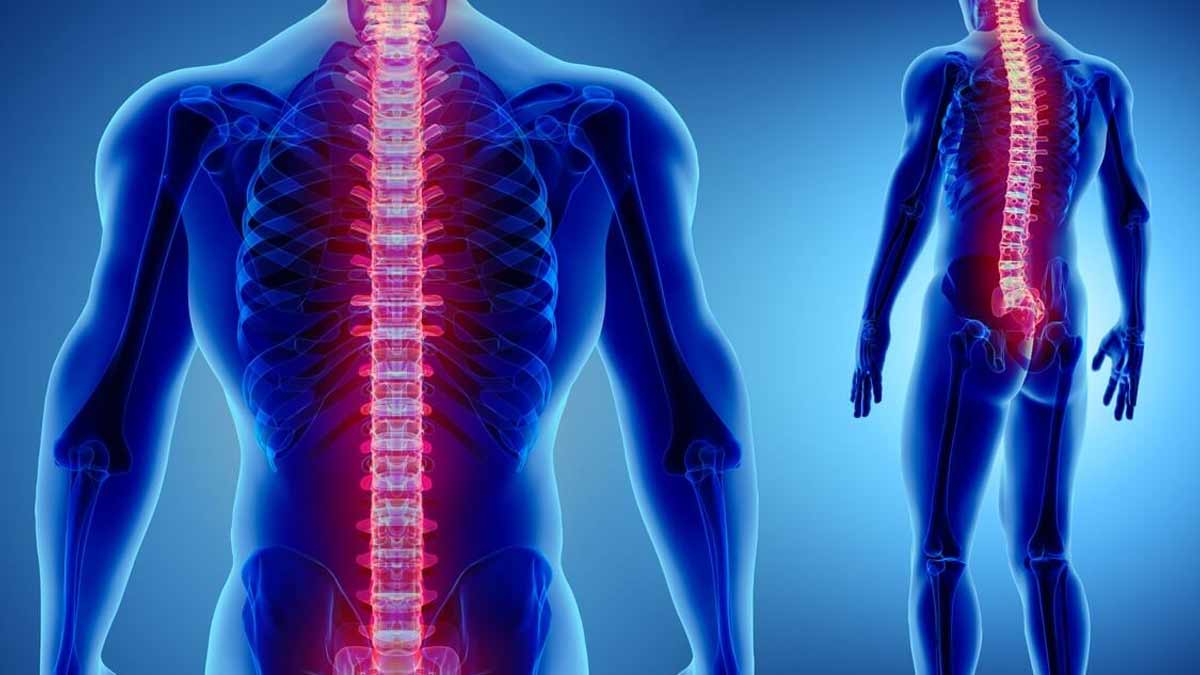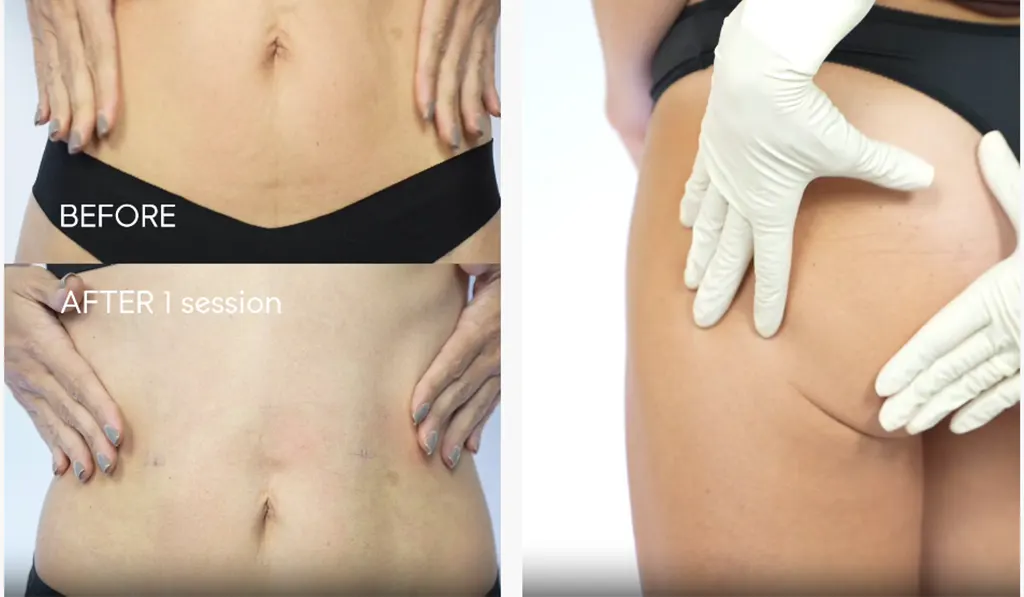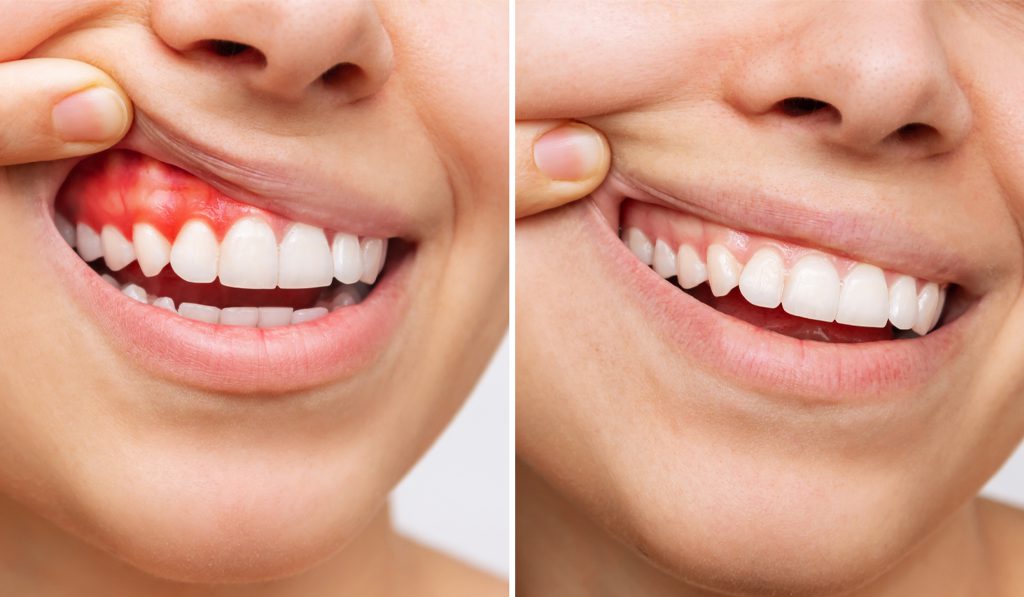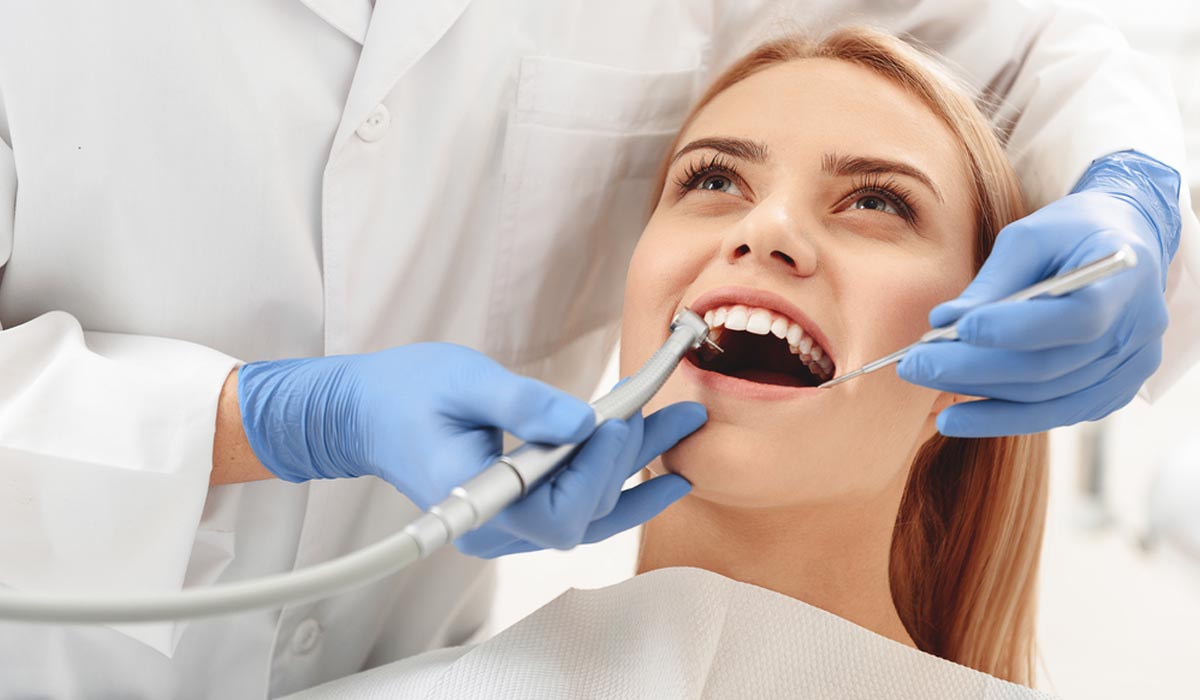Osteoarthritis (OA) is the most common type of arthritis that affects millions of people globally. Unfortunately, there are so many misconceptions regarding it that many people fail to identify this joint disease at the right time and get the necessary treatment to save themselves from it. Therefore, today, we are going to take a deep dive into everything related to this chronic condition. We will help you identify the signs and symptoms to look out for. We will also help you understand what causes this dreadful disease and finally what you can do to treat it.
What is Osteoarthritis?
We all know that arthritis is a severe disorder of joints. It is essentially the inflammation of your joints. Osteoarthritis (OA) is a specific type of arthritis that is associated with cartilage breakdown in your joints.
The ends of your bones are covered with a highly-protective tissue known as cartilages. These rubbery materials help in reducing the friction in your joints. In other words, they function as “shock absorbers”. They do so by altering their shapes when they are compressed such as by flattening themselves or by pressing themselves together. Although cartilages are tough materials, they are softer and more flexible than your bones.
When you get affected with OA, your cartilages slowly break down, losing their elasticity in the process. They also become extremely stiff. This results in the bones within the joint to rub against one another causing severe pain and stiffness.
The most commonly affected areas include the weight-bearing joints of your knees, spine, and hips. Besides, it can also affect your neck, toes, and fingers (especially your thumb).
OA is also known as wear and tear arthritis, degenerative arthritis, and degenerative joint disease.
Who Gets Affected with Osteoarthritis?
The chances of developing OA increases as you age. People above the age of 60 are the most vulnerable to it, although, in some rare occasions, OA has been diagnosed in people as young as 25 to 35 year olds. However, when it comes to OA in young people, the reasons are mostly generated from joint injuries or repetitive joint stresses from overuse.
Women are more prone to this disease than men.
What are the Symptoms of Osteoarthritis?

The symptoms of OA develop slowly and they intensify over time. The most common of these symptoms are as follows:
- Severe pain in the affected joints during or after movements.
- Stiffness upon awakening or after being immobile or inactive for a long time.
- Inability to move your joints to their full range of motion due to loss of flexibility.
- Grating sensations while using the joints.
- Frequent crackling and popping of joints.
- Muscle weakness around the joints.
- Formation of bone spurs around the affected joints.
- Swelling that results from soft tissue inflammation around the joints.
As OA intensifies, your cartilages may get cracks and uneven edges. This leads to the bones getting hard, which, in turn, leads to them changing their shapes and becoming bumpy during the process.
What Causes Osteoarthritis?
OA can be caused by the following factors:
Age
As you age, there is an increased laxity around your joints. This might lead to cartilage calcification, reduced chondrocyte function, and reduced joint proprioception, all of them leading to OA. If you are over 40, consider making positive changes in your life.
Heredity
Unfortunately, heredity can come into play in deciding whether you will develop OA or not. Many people inherit defects in their genes that are responsible for making cartilages, resulting in defective cartilages. This ultimately leads to the rapid deterioration of the joints. Besides, people who are born with joint abnormalities are more prone to develop OA as well.
Injury
Remember when we said that young people can also develop OA? Well, this is the reason why OA is more seen among athletes who have suffered knee-related or back injuries during their careers. If you have broken a bone at a point in your life, chances of that specific joint developing OA remains strong as well. Torn cartilages, ligament injuries, and dislocated joint, among others, can also make you a prime candidate for developing OA.
Obesity
Obesity can cause hip, spine, and knee OA. This is why maintaining an ideal weight is recommended so that it doesn’t lead to OA in the future.
Joint Overuse
If you overuse or overexert one specific joint, then it might result in OA. For instance, people who are in a job that requires them to bend their knees often will be at a higher risk for developing knee OA.
Other Reasons
Several other reasons can cause OA as well such as rheumatoid arthritis, iron overload, excess growth hormone, poor posture, among others.
How to Diagnose Osteoarthritis?
If you notice the symptoms of osteoarthritis in any shape or form, your first job would be to book an appointment for yourself to a certified orthopedic clinic. Speak to the orthopaedist there to find out the steps that you need to follow.
OA can be diagnosed through an X-ray, MRI scan, blood test (it helps in ruling out other conditions that cause joint pain), and joint fluid analysis.
What are the Treatment Options for Osteoarthritis?
Most of the symptoms of OA can be managed easily with some positive lifestyle choices. However, the damage to the joints can’t be fully treated. This is because cartilages can’t repair themselves since they don’t contain any blood vessels.
OA is a progressive condition, which means your ability to save yourself is better if you incorporate the positive changes during the initial stages of it. OA has five stages that range from 0 to 4, wherein 0 means normal joint and 4 means severe OA. In other words, just because you are in stage 0 or 1, it doesn’t mean you will get to stage 4. In most of the cases, the condition stabilizes long before it reaches stage 4.
The type of treatment that you will receive will depend on which area of your body you have developed OA and also on the severity of the symptoms. More often than none, OTC (Over-The-Counter) medication, lifestyle changes, and home remedies will suffice to provide you relief from the pain, swelling, and stiffness that is generated due to OA.
Some common form of treatment for OA includes the following:
Diet Modification and Weight Loss
Shedding excess weight can help in lessening the strain on your joints that causes pain. As we stated earlier, obesity can cause OA. So, it is important to have a healthy eating regime. It doesn’t mean you have to starve yourself. Instead, you need to eat the right food by consulting your doctor and nutritionist.
Exercise
Physical activity would help you in relieving stiffness around the joints. Your doctor, in consultation with your physiotherapist, can advise you on the type of exercise you need to perform.
Proper Sleep
Adequate sleep ensures a reduction in swelling and inflammation. So, be sure to get enough sleep. However, don’t oversleep as well since a prolonged inactive period is not healthy.
Heat and Cold Therapy
The Heat And Cold Therapy helps in relieving muscle pain and stiffness. Based on your doctor’s advice, apply heat and cold compression to your affected joints for 15-20 minutes every day.
Final Thoughts
Don’t get paranoid if you notice the symptoms of OA. It is quite natural to develop OA and you can recover quickly and live healthily if you follow the advice of your doctor from an early stage. The important step is not to neglect the symptoms. The earlier you seek treatment from a certified medical centre, the higher your chances of recovering from it will be. So, be kind to your body.
References
Juan C Mora, Rene Przkora, and Yenisel Cruz-Almeida – PMC – NCBI – Knee osteoarthritis: pathophysiology and current treatment modalities. Available at:
https://www.ncbi.nlm.nih.gov/pmc/articles/PMC6179584/
David J Hunter and David T Felson – PMC – NCBI – Osteoarthritis. Available at:
https://www.ncbi.nlm.nih.gov/pmc/articles/PMC1403209/
Arthritis Foundation – Osteoarthritis. Available at:
https://www.arthritis.org/diseases/osteoarthritis
I Haq, E Murphy, and J Dacre – Post-Graduate Medical Journal – BMJ Journals – Osteoarthritis. Available at:
https://pmj.bmj.com/content/79/933/377
Sarah Thysen, Frank P. Luyten, and Rik J. U. Lories – PMC – NCBI – Targets, models and challenges in osteoarthritis research. Available at:
https://www.ncbi.nlm.nih.gov/pmc/articles/PMC4283647/
Annamaria Iagnocco and Esperanza Naredo – Rheumatology – Oxford Academic – Osteoarthritis: research update and clinical applications. Available at:
https://academic.oup.com/rheumatology/article/51/suppl_7/vii2/1786672

















